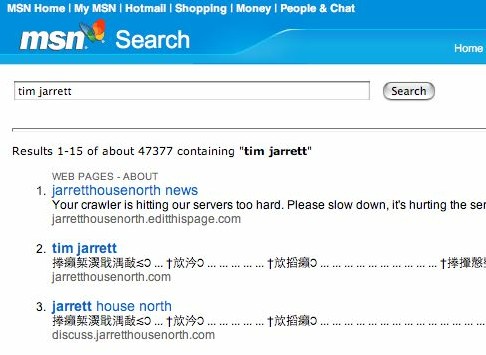The Register points out it’s been 10 years since what is generally considered the first-ever unsolicited commercial electronic communication, also known as spam. It was ten years ago on Friday that arch-fiends (and US law firm) Canter and Siegel cross-posted to over a hundred newsgroups offering a chance to participate in the Green Card lottery.
Yes, the first spam was on Usenet, not email. I remember it well. It raised such a stink across almost all the groups I was reading that one could read nothing else for days. I sometimes think that this spam, coming less than a year after the AOL floodgates opened dumping thousands of new users onto Usenet who showed neither inclination nor capability to learn the culture, was the penultimate hammer blow that sealed the end of the golden age of Usenet. (The final blow, of course, was the emergence of the Web, which technically started in 1993 with the release of Mosaic.

